Pacific Rhododendron Care – How To Grow A Pacific Rhododendron
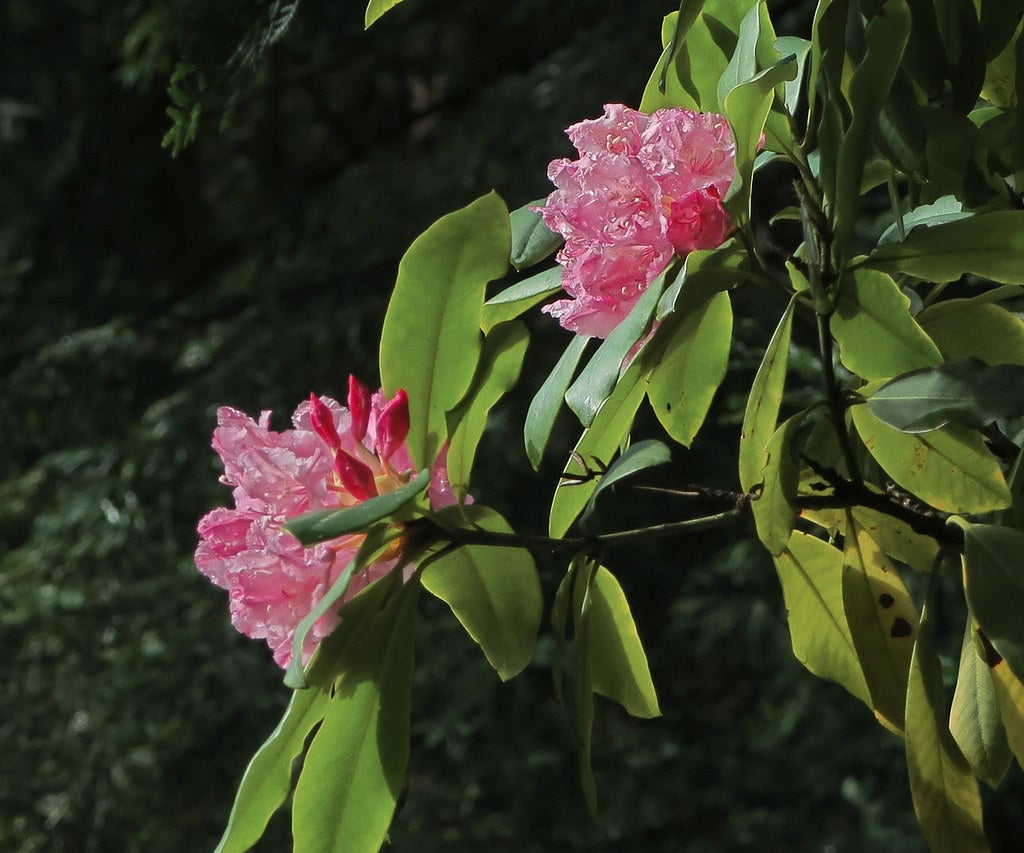

One of the more spectacular North American native shrubs is the Pacific rhododendron (Rhododendron macrophyllum). Other names for the plant include California rosebay and coast rhododendron. Using Pacific rhododendron plants, in USDA hardiness zones 8 and 9, as part of natural landscaping provides eye-popping blooms combined with ease of care. These wild plants are very adaptable and versatile. Keep reading for tips on how to grow a Pacific rhododendron in your garden.
Pacific Rhododendron Info
Using native plants in the landscape is a foolproof way to reduce maintenance. This is because they are already adapted to growing well in the region and suffer less problems than exotic or imported species. The soil should be acidic for growing California rosebay and it needs to live in an area that has cool winters and mild summers.
If you're looking for a bee magnet and a breathtaking early summer bloomer, consider Pacific rhododendron plants. They have lance-shaped, leathery, evergreen leaves that provide color all year. The shrub can grow up to 12 feet (3.6 m.) but is generally shorter.
Even gardeners in zone 6 can try growing California rosebay in full or partial sun locations. They are very cold hardy plants and freezing temperatures do not bother them unless such conditions occur late in spring when buds may be compromised.
A search for Pacific rhododendron info reveals the plant's toxicity is high, so it is best to keep away from young children.
How to Grow Pacific Rhododendron
Since rhododendrons are acid lovers, it is best to perform a soil test prior to planting. If the pH needs to be raised, there are several products, such as lime, that can accomplish the task. However, if you live where soils are alkaline, it is probably best to choose another plant or grow the rhododendron in a container.
Dig a hole in the garden bed that is twice as deep and wide as the root mass. Remove any rocks or other debris that might impede the roots from spreading. Firm soil well around the roots and water in well.
Gardening tips, videos, info and more delivered right to your inbox!
Sign up for the Gardening Know How newsletter today and receive a free copy of our e-book "How to Grow Delicious Tomatoes".
Pacific Rhododendron Care
The shrubs do well in either moist or damp sites, but they will need consistent water for the first few months while the plant establishes. Spread an organic mulch around the root zone to conserve moisture and prevent weeds.
These plants actually thrive in low nutrient situations but they do enjoy some acid-loving slow release food in early spring.
To keep your plant looking its best, remove spent blooms. These just pop off easily by hand. Also, coastal rhododendrons can get quite gangly in nature. This may be due to a lack of light, as they often establish in woods. To keep your plant tight and compact, prune it after flowering.
Watch for spider mites and the characteristic yellow leaf stippling that they cause. If you see notched tips on the leaves, suspect root weevils, whose young can damage roots.
In most cases, this is a low maintenance plant that will beautify your landscape for many seasons.

Bonnie Grant is a professional landscaper with a Certification in Urban Gardening. She has been gardening and writing for 15 years. A former professional chef, she has a passion for edible landscaping.
-
 Looking For Plants To Give You The Soft And Fuzzies? Try These 5 Fuzzy Leaf Plant Options
Looking For Plants To Give You The Soft And Fuzzies? Try These 5 Fuzzy Leaf Plant OptionsLovers of texture, drama, silver foliage and tactile plants will adore these special sensory garden additions. These fuzzy leaf plant options will leave you all aglow
By Susan Albert
-
 Get Ready For A Summer Of Hummers! Grow These Full Sun Hummingbird Plants and Flowers
Get Ready For A Summer Of Hummers! Grow These Full Sun Hummingbird Plants and FlowersIf you’re lucky enough to enjoy a sunny backyard, make sure you are maxing out on your pollinator opportunities and grow these full sun hummingbird plants and flowers
By Tonya Barnett
-
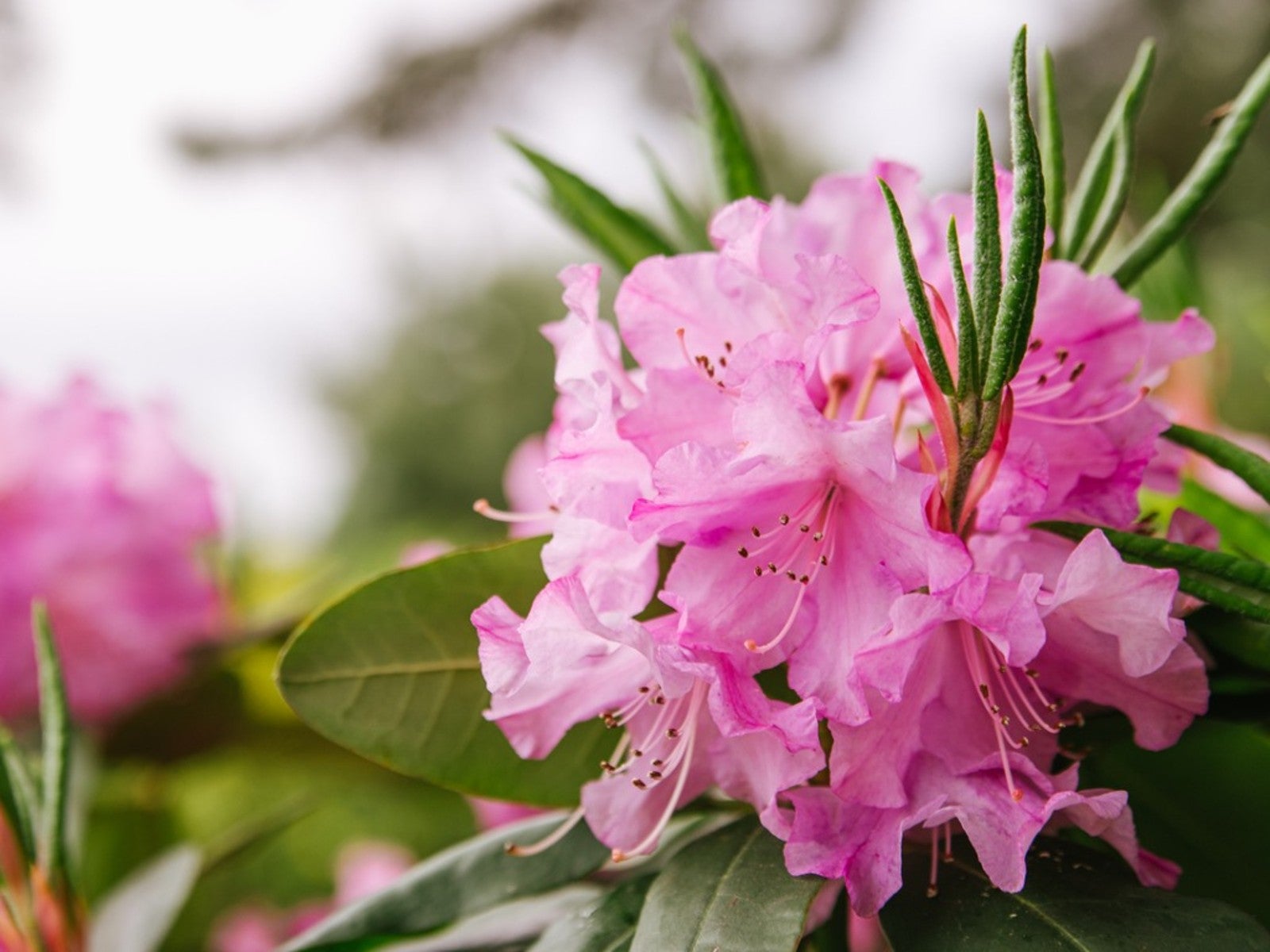 How Curling Leaves On Rhododendrons Act Like A Thermometer
How Curling Leaves On Rhododendrons Act Like A ThermometerRhododendron leaves curling and drooping in winter? Read about thermotropic leaf movements.
By Teo Spengler
-
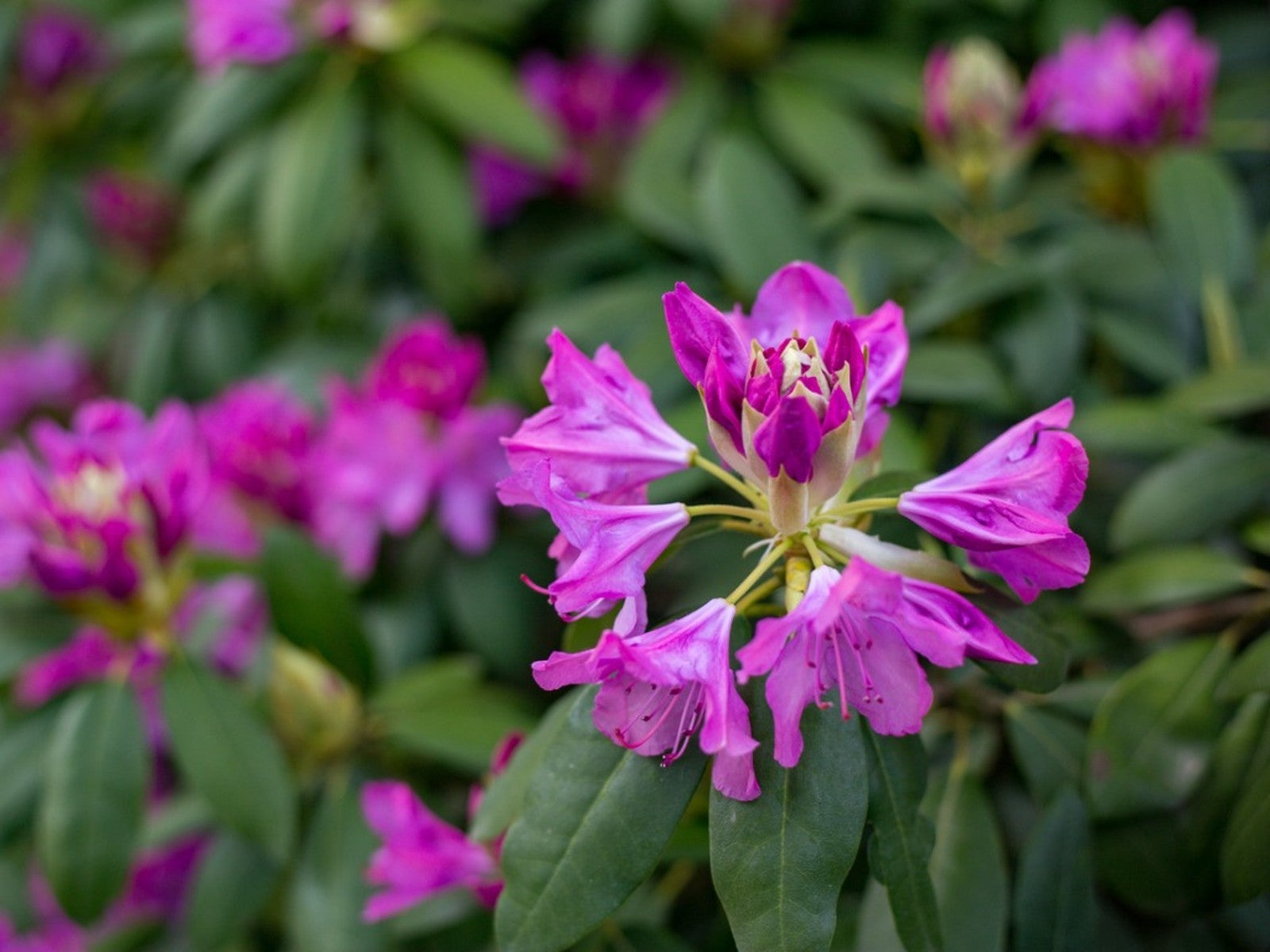 What Is Lapland Rhododendron
What Is Lapland RhododendronWhat is a Lapland rhododendron? More difficult to grow than a garden rhody, this creeping groundcover is a prized wild specimen. Click for more.
By Tonya Barnett
-
 Fragrant Rhododendron And Azalea Varieties
Fragrant Rhododendron And Azalea VarietiesMany rhododendrons and azaleas are exceptionally fragrant. Here are five of our favorite scented azalea and rhododendron varieties.
By Tonya Barnett
-
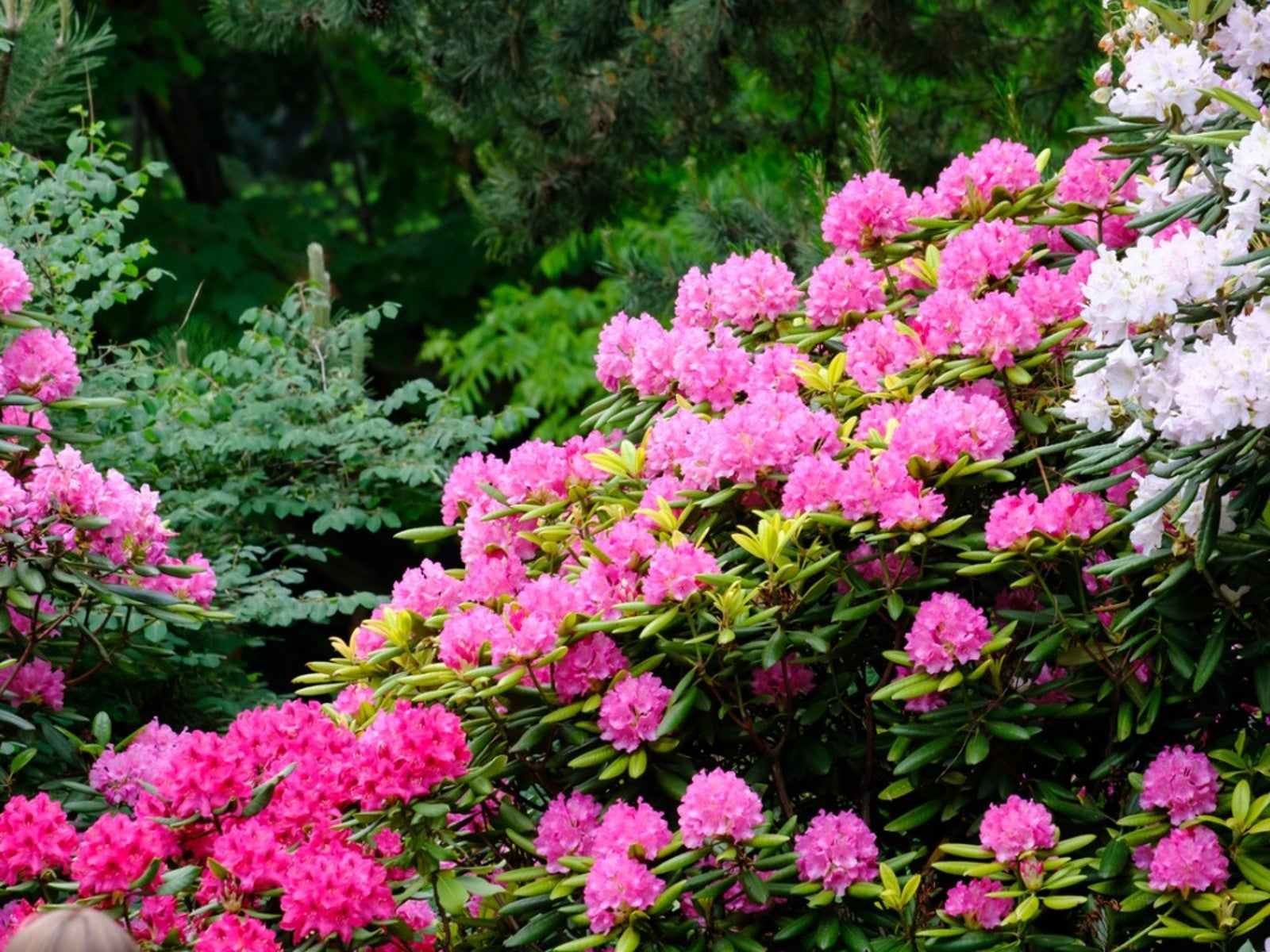 Pink Rhododendron Varieties: Picking The Perfect Pink Rhododendron
Pink Rhododendron Varieties: Picking The Perfect Pink RhododendronThere are more than 1,000 species of rhododendron, so if pink is your favorite, there are plenty to choose from. Click to learn about pink rhododendrons.
By Mary Ellen Ellis
-
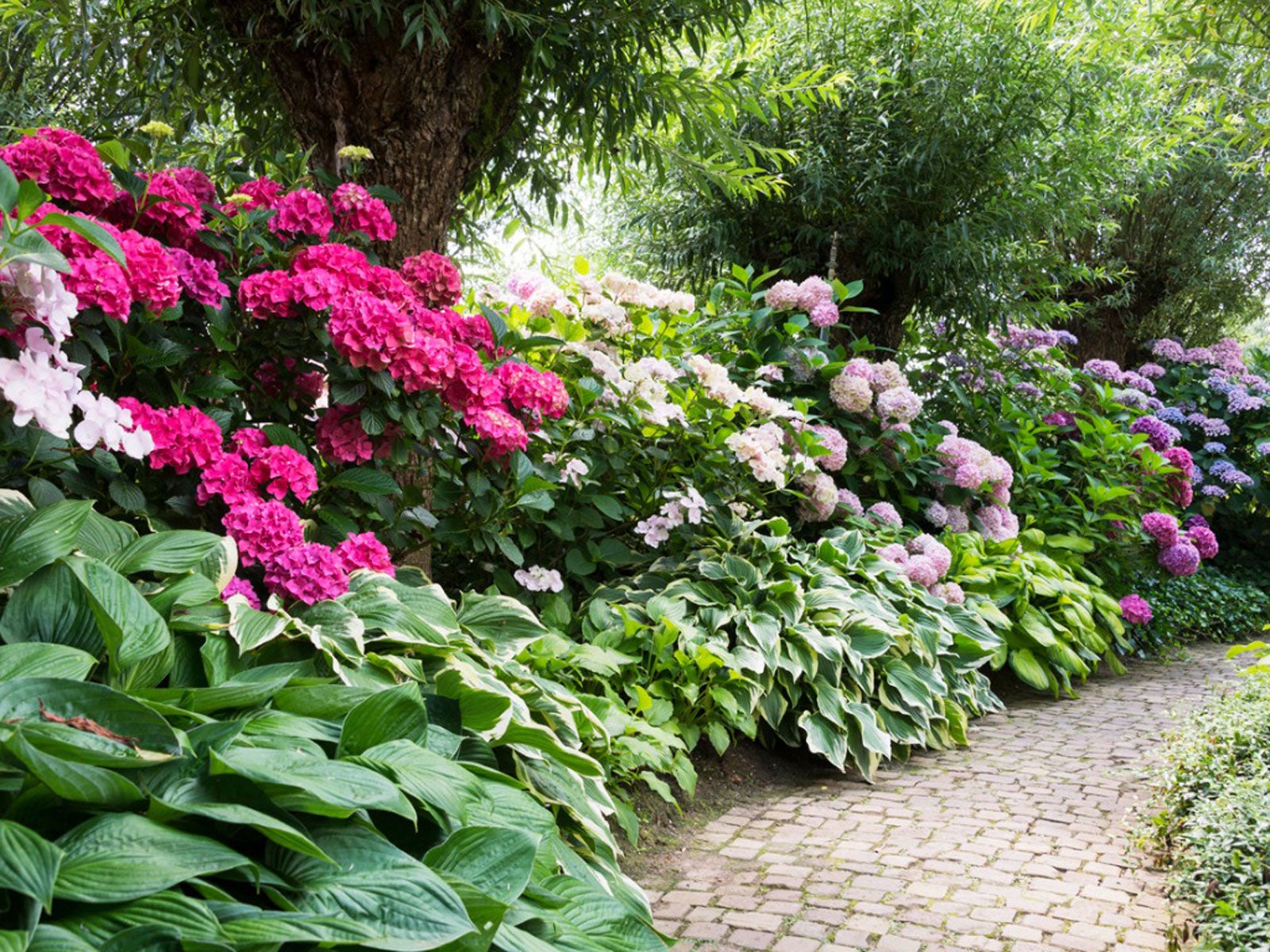 Companions For Azaleas And Rhododendrons: What To Plant With Rhododendron Bushes
Companions For Azaleas And Rhododendrons: What To Plant With Rhododendron BushesRhododendrons and azaleas make beautiful landscape plants but require specific growing conditions. Learn what to plant with azaleas and rhododendrons here.
By Laura Miller
-
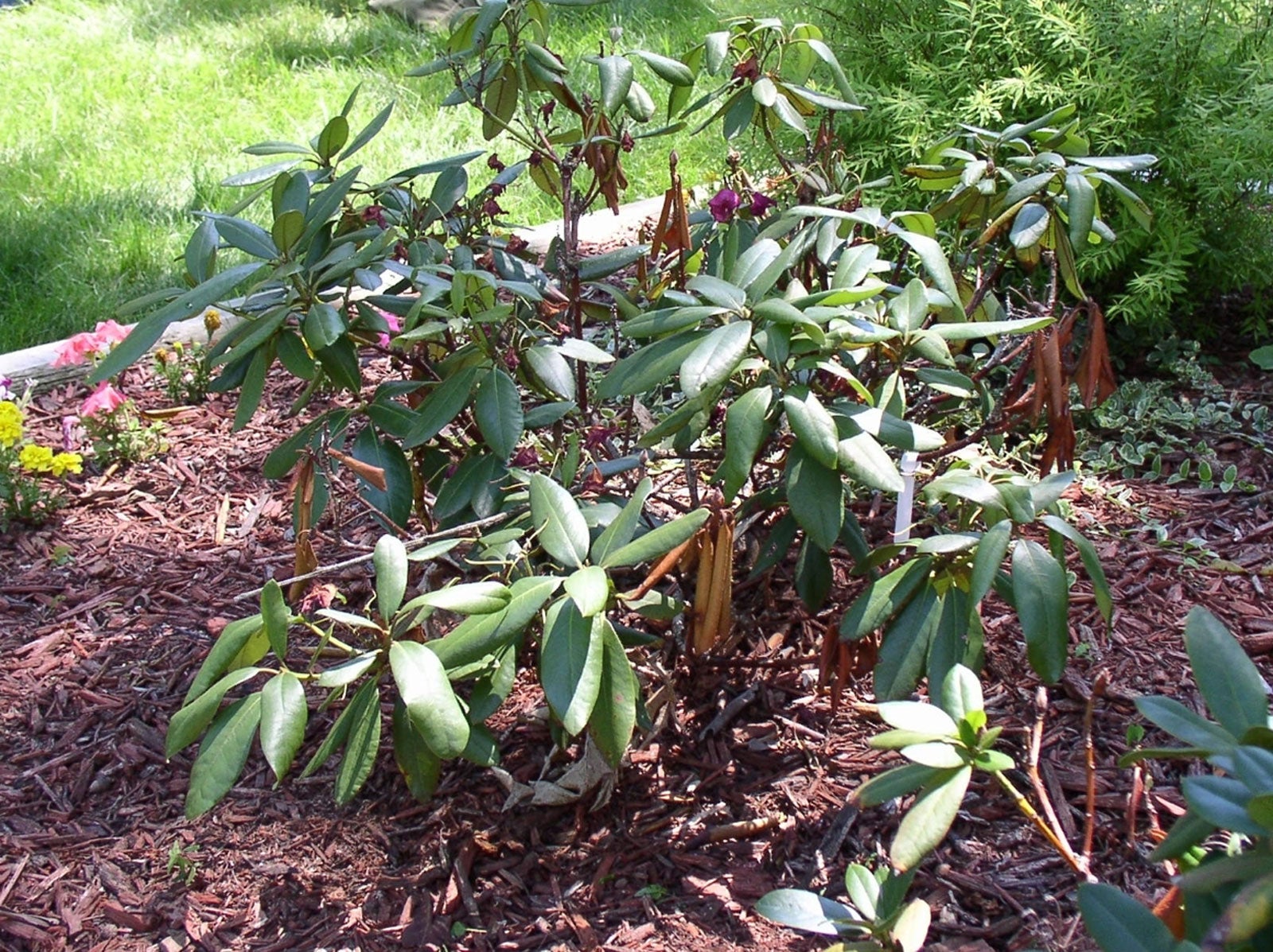 Burnt Rhododendron Leaves: Environmental Leaf Scorch On Rhododendrons
Burnt Rhododendron Leaves: Environmental Leaf Scorch On RhododendronsBurnt rhododendron leaves are most likely due to unfavorable environmental and weather conditions. Learn more about environmental leaf scorch here.
By Mary Ellen Ellis
-
 Rhododendron Container Care: Growing Rhododendrons In Containers
Rhododendron Container Care: Growing Rhododendrons In ContainersWhile usually grown as shrubs, rhododendrons can get very big. They can also go the other direction and be grown as small, manageable plants in containers. Learn more about how to care for rhododendrons in pots in this article.
By Liz Baessler
-
 Feeding Rhododendrons: When And How To Fertilize Rhododendrons
Feeding Rhododendrons: When And How To Fertilize RhododendronsFertilizing rhododendron bushes isn't necessary if the shrubs are planted in fertile soil. If your garden soil is poor, feeding rhododendrons is one way to provide the plants with nutrients. Click on this article to learn how to fertilize rhododendrons.
By Teo Spengler